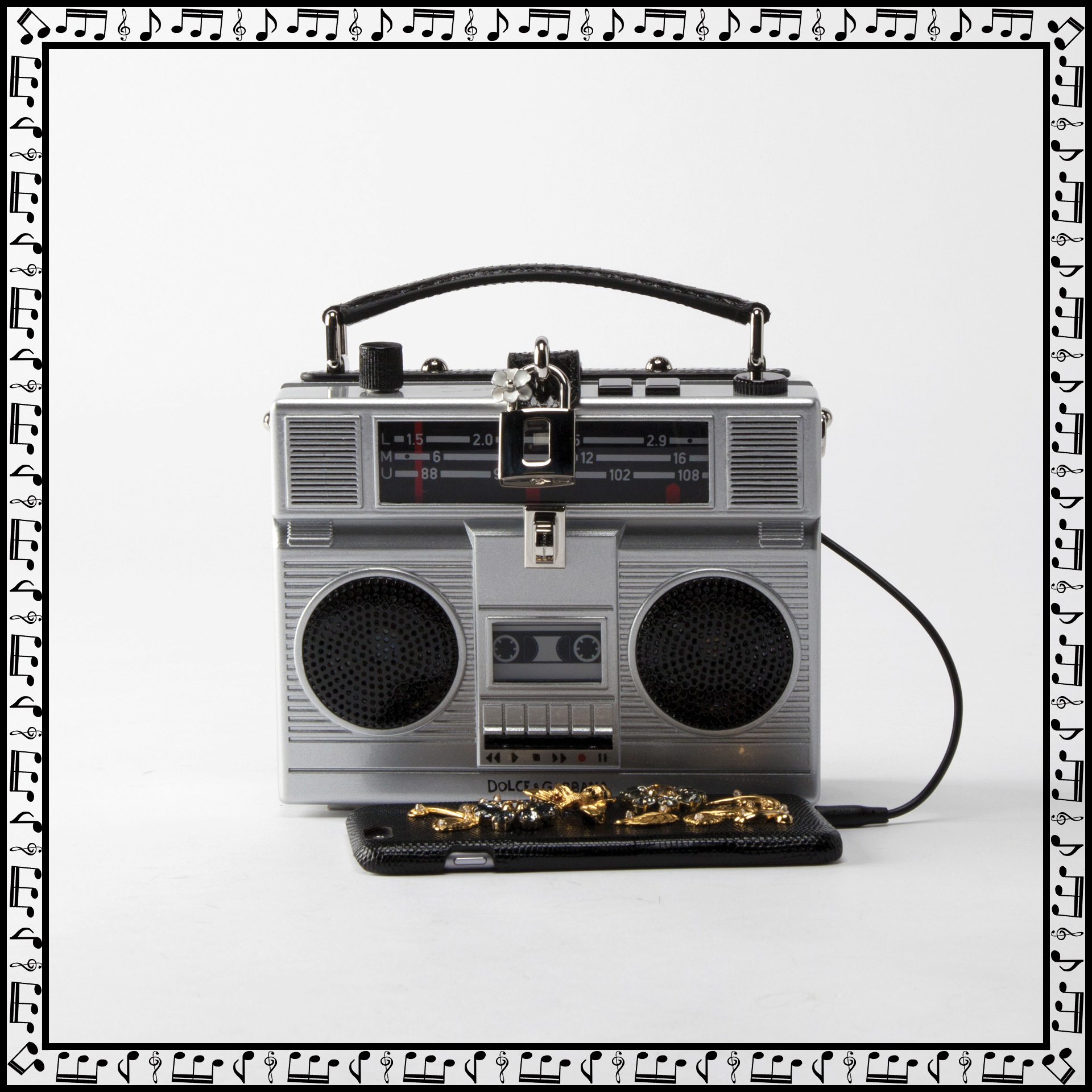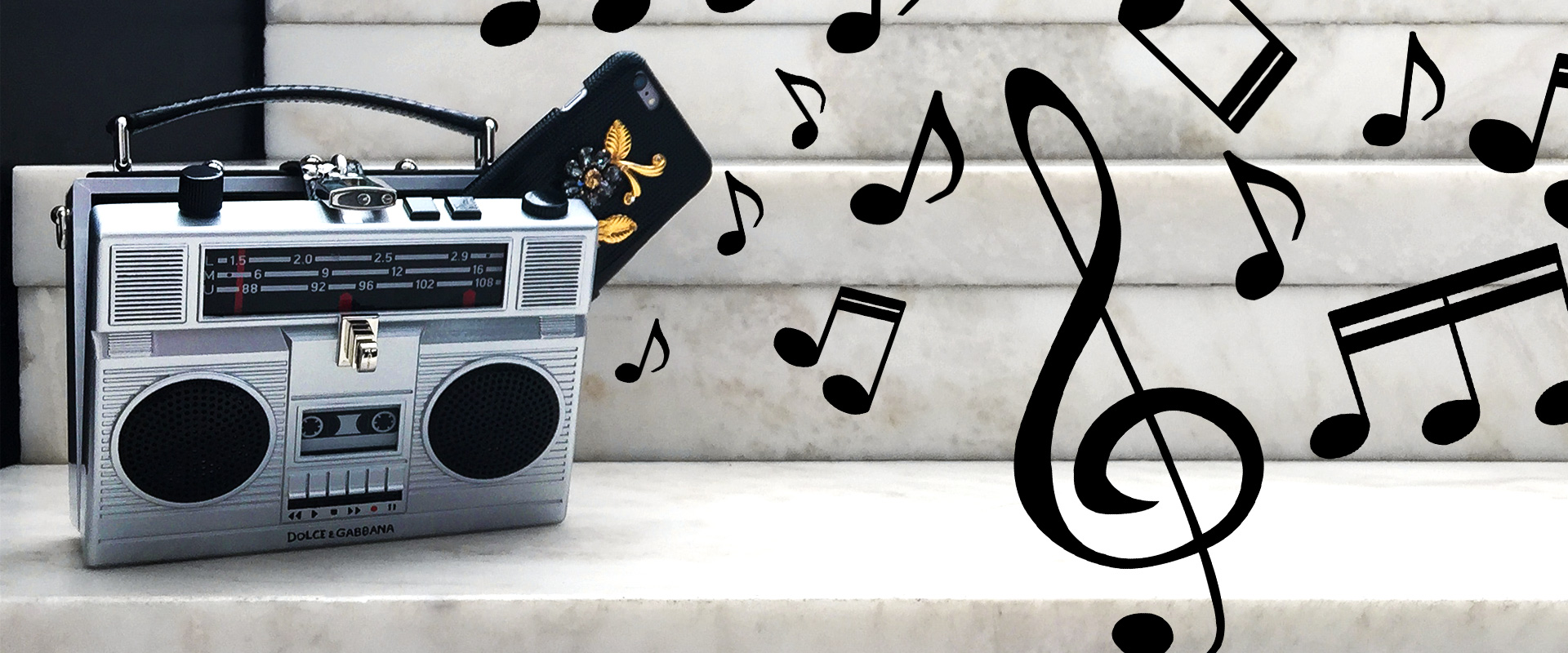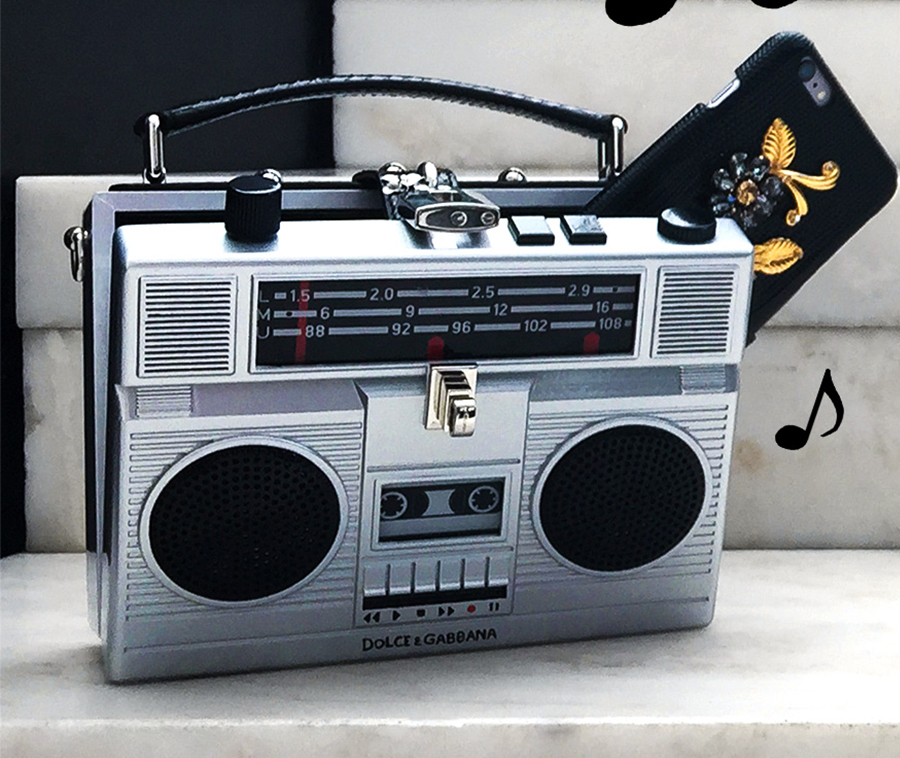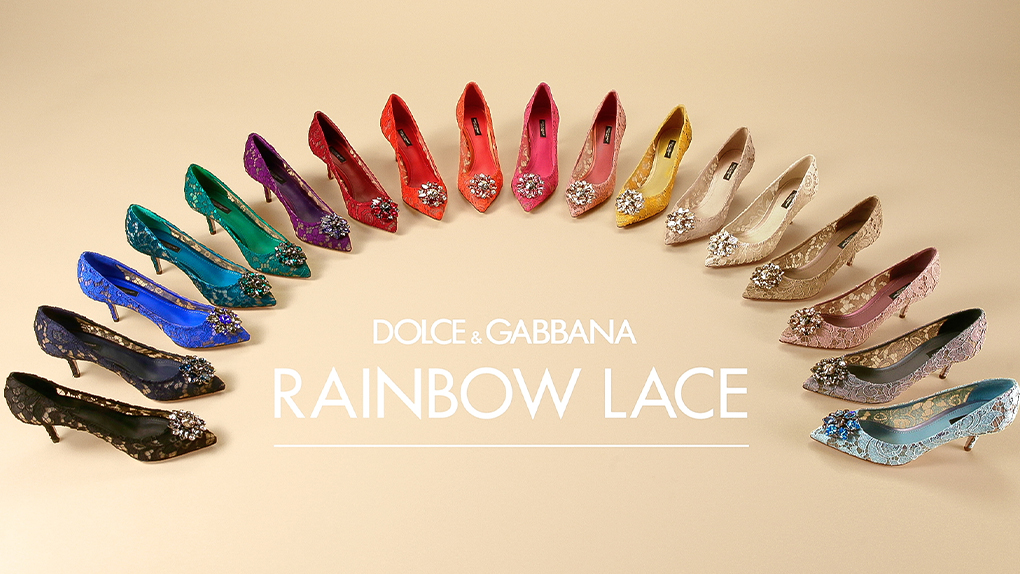The Boombox, the portable radio which provided the soundtrack to urban areas in the 80s and 90s, is enjoying a renaissance in fashion. But the boombox has always been a status symbol. Here’ s more.
Before portable speakers, before the ipod, before the Walkman and MP3 players there was the boombox. The name of the portable, battery operated radio/cassette player was partly due to its heavy, box like aesthetic, and its bass enhancing power speakers (boom). Initially introduced to the American market during the mid-1970s, the boombox’s popularity surged in the 80s, becoming almost a status symbol. With the change in musical genres and the boombox’s ubiquitous presence on the streets, over time, these portable radios became increasingly larger, some even reaching the size of a suitcase.
Though today the boombox is more of a symbol of the 80s and early 90s, being referenced for example by artists like Madonna in her Hung Up (2005) and “Sorry” (2006) videos as well as featuring in Lady Gaga’s 2008 “Just Dance”, the boombox has a much stronger association with that period in terms of cultural and musical history than just a portable radio.
In the 80s in fact, the boombox quickly became associated with urban society, particularly African American and Hispanic youth, and the wide use of the radio eventually gave way to the pejorative term “ghetto blaster”, as well as even more politically incorrect appellatives. Cities began banning boomboxes from public places, and they became less acceptable on city streets as time progressed, but the boombox was instrumental in the rise of hip hop music. Frequently used in music battles, the rise of the boombox brought music to the streets and to the kids, giving the opportunity to many rising artists to prove their musical and rapping ability to their peers.
As boomboxes grew in popularity, they also became more complex in design and functionality. By the late 1980s, many boomboxes included separate high and low frequency speakers and a second tape deck to allow the boombox to record off of both the radio and other pre-recorded cassettes. Equalizers, balance adjusters, Dolby noise reduction, and LED sound gauges were other later additions, as well as CD players later in the 90s.

Boomboxes provided the soundtrack to many music battles and dance offs, but their street popularity contributed to their status as symbol of the 80s urban culture. The Beastie Boys for example embraced the boombox as a signature, The Clash always had one with them, not to speak of all the times it was visually referenced in cult shows or films from the time including Fame (1980) and Flashdance (1983) to name but a few, and LL Cool J’s Radio album (1985), contains a love song to a boombox, while in Star Trek IV: The Voyage Home (1986), a boombox features in a scene. The portable radio has been further ennobled with a 2006 Smithsonian National Museum of American History exhibition called “Hip-Hop Won’t Stop: The Beat, The Rhymes, The Life” which featured boomboxes and Photographer Lyle Owerko’s 2010 photographic book: The Boombox Project: The Machines, the Music and the Urban Underground, with a foreword by Spike Lee.
Dolce&Gabbana too has paid homage to the boombox in the Cruise 2017 collection, creating a fully functioning Dolce Box bag in the shape of the radio. The bag has functioning speakers, a knob to control the volume and a jack to attach your smartphone so you can blast your favourite tunes in style.



